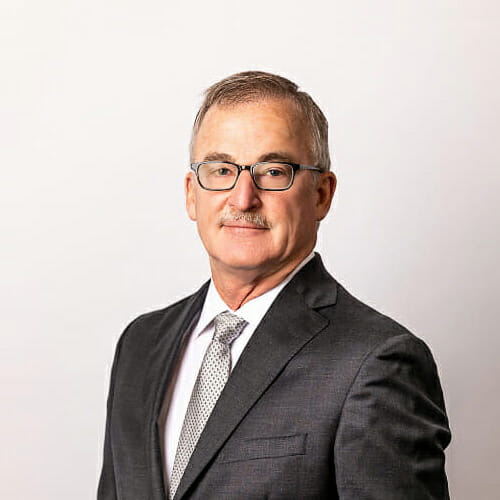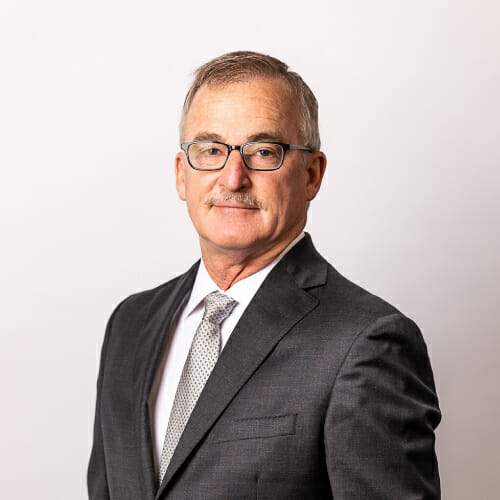$48.5
Million
Truck Accident Case
We took more than 60 depositions in five different states. Because of Stephenson’s tireless advocacy, shortly before the trial was to commence, the defendants settled the case for $48.5 million.
Imagine going out with your family to have fun at an amusement park. It’s a great feeling — until something terrible happens.
Accidents resulting in lacerations, broken bones, torn ligaments and more severe head, neck and back injuries are not unheard of in amusement parks.
Holiday World is no exception, as in the June 2021 event that saw 47-year-old Dawn Jankovic from Ohio return to The Voyage station unresponsive. Though this particular incident was not due to any mechanical problems on Holiday World’s part, that is not always the case.
So if you’re asking yourself, “Can I sue Holiday World if I’m injured?” let Stephenson Rife be your guide. Our skilled and experienced personal injury attorneys will guide you through the best approach to your situation.
Who Is Responsible for Holiday World Accidents?
Who is liable for an injury at Holiday World? Often, when something goes wrong, we are left to wonder.
There are multiple parties in charge of the safety of theme parks like Holiday World, and accidents could result from their negligence. They include park designers and builders, maintenance workers, lifeguards, employees and owners. However, injuries may also result from the actions of other visitors or even the victims themselves.
Generally, under premises liability law, if you suffer harm at a theme park like Holiday World, it’s a failure on the part of the owners and staff to protect you. That said, each accident is unique. But at the end of the day, no at-fault party should escape accountability for their negligence.
Steps To Take if You Get Injured at Holiday World
Here are a few important steps to take if you’ve been injured at Holiday World:
1. Get Medical Attention Right Away
Your health is the most important thing, so call 911 and let first responders treat any injuries you may have sustained. Plus, sharing reports you made of your injury with your lawyer will serve as medical records for when you file a legal claim.
2. Request That Police Respond to the Scene
The police need to arrive, talk to the theme park managers and fill out a report. This report will come in handy when filing a lawsuit.
3. Take Pictures of the Scene and Your Injuries
Photographic evidence is the best evidence. So, if you’re able, take photos of your injuries and the scene immediately after the accident.
4. Record Expenses
Keep a record of all expenses or wages lost due to your injuries. Also, make sure to preserve records of your injury such as medical receipts, appointment dates, X-rays and other imaging procedures you undergo.
5. Get Contact Info From Any Eyewitnesses
It’s vital to get the names and phone numbers of bystanders or other visitors who witnessed the accident before they leave the scene. Your attorney will be able to follow up on them using such contact information.
6. Hire a Skilled Personal Injury Attorney
Accident victims with good attorneys tend to receive significantly better lawsuit payouts than victims who do it alone. After all, the odds are already stacked against you when you try to represent yourself against a top-notch theme park lawyer who knows the ropes.
Causes of Amusement Park Injuries
According to the Consumer Product Safety Commission (CPSC), most amusement park injuries occur due to one of the following reasons:
Mechanical Failure of the Ride
It could result from a manufacturing defect or improper maintenance on the park’s part. Examples include the lap bar detaching mid-ride, a roller coaster car disconnecting or a structural component breaking.
Improper Operation of the Ride
This may occur, for example, if the operator stops the ride without warning or fails to latch a safety belt or bar properly.
Passenger Misuse or Failure to Follow Instructions
This may occur, for example, if the passenger stands up mid-ride, intentionally rocks a car or unlatches safety restraints.
Inherent Nature of the Ride
Here, the ride has no defects and there is no suspicion of negligence. Instead, the ride is risky because of the way it operates. For example, cases of cerebral and retinal hemorrhage, loss of consciousness and subdural hematoma are associated with the rapid spinning of some park rides.
Common Injuries Sustained at Amusement Parks
Common injuries sustained at amusement parks include:
- Head, neck and back injuries from impacts on bumper car rides or whiplash on spinning rides and roller coasters
- Broken bones, torn ligaments, lacerations and even death from falling or being thrown off a ride
- Traumatic brain injury, either from blunt trauma or G-forces acting on the brain
- Stroke from trauma to ligaments in the neck
- Brain aneurysms from roller coasters or other fast rides
- Drowning on water slides or lazy river rides.
Accidents Caused by Negligence
A standard negligence claim involves proving that the defendant — in this case, the theme park — is required by law to be reasonably careful, that the theme park was indeed not careful, and that the theme park’s carelessness caused the injury.
Amusement parks are responsible for the actions of their employees. Thus, if an amusement park accident is caused by the carelessness of the park or park’s employee, the injured party may sue the park.
Negligence may be in the form of action or inaction. Examples include:
- Failure to properly train ride operators
- Failure to maintain equipment
- Failure to regularly inspect rides
- Failure to post clear warning signs; for example, instructing people with heart problems not to go on a ride
- Posting signs that don’t adequately warn riders of the risks involved
- Providing incorrect instructions to riders
- Improperly operating a ride.
Government Regulation of Amusement Park Rides
Federal law does not oversee amusement park safety standards. Hence, each state takes charge of inspecting theme park equipment. In Indiana, the Department of Homeland Security performs that role. The division has regulations requiring inspection and safety enforcement and issues necessary permits for events that include amusement rides.
Contact a Skilled Attorney at Stephenson Rife Today
If you or a family member sustained an injury in an amusement park, waste no time seeking legal assistance from a personal injury lawyer. Delay is unwise since there is a statute of limitations (deadline) for filing personal injury claims. If you were injured due to someone else’s negligence, you deserve compensation. To find out if you have a case, call Stephenson Rife today at (317) 680-2501 or request legal consultation at no cost to you!

 Mike Stephenson has 40 years of experience and is a trusted advisor to many individuals and companies. His current practice is dominated by civil litigation in state and federal courts. He focuses much of his time on handling catastrophic injuries caused by all types of accidents, including motor vehicle, trucking, workplace injuries, product liability, and fire, just to name a few. He also works extensively in construction accidents. [
Mike Stephenson has 40 years of experience and is a trusted advisor to many individuals and companies. His current practice is dominated by civil litigation in state and federal courts. He focuses much of his time on handling catastrophic injuries caused by all types of accidents, including motor vehicle, trucking, workplace injuries, product liability, and fire, just to name a few. He also works extensively in construction accidents. [ 


